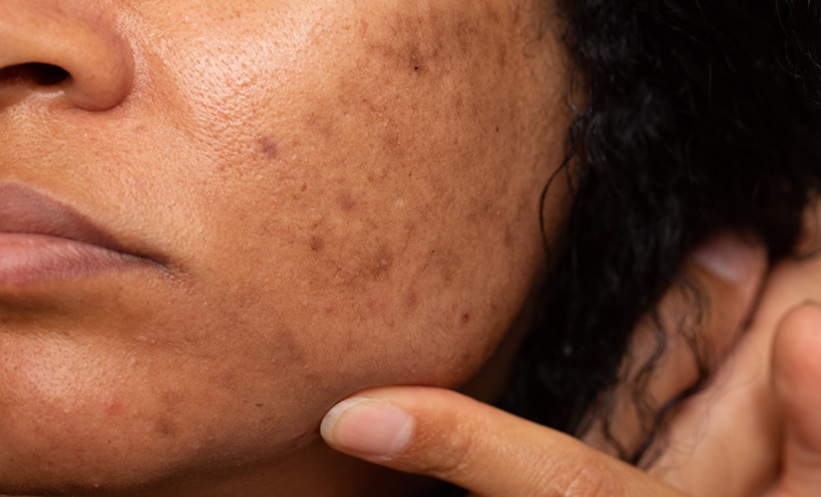INTRODUCTION
Atopic dermatitis (AD) is a common chronic inflammatory skin disease, with the average prevalence ranging from 2.1–4.9% in the general population.1 The pathogenesis in AD involves genetic predisposition, environmental factors, and a hyperactive immune system.2 AD is accompanied by itch and pain, and it negatively impacts different aspects of patient wellbeing.3
Sleep is a fundamental neurobiological state that is physiologically restorative and comprises around one-third of humans’ lives. Sleep is carefully regulated by multiple processes, including homeostatic sleep drive and the circadian system.4 Both itch and pain can significantly influence quality of life (QoL) and sleep.5 Therefore, this study was undertaken to better characterise the influence of itch and pain on sleep in AD patients compared to controls.
MATERIAL AND METHODS
The study group consisted of 100 AD patients (42 females and 58 males) with a mean age of 39.2±15.4 years and 50 sex and age-matched controls. The mean disease duration was 20.3±16.1 years. Disease severity according to the Scoring Atopic Dermatitis (SCORAD) system was assessed as 33.6±10.7 points. The intensity of itch and pain was evaluated using the Visual Analogue Scale (VAS). Sleep abnormalities were estimated with the Athens Insomnia Scale (AIS) and Pittsburgh Sleep Quality Index (PSQI). AIS is a self-rated psychometric questionnaire that quantifies sleep difficulty based on the International Classification of Disease (ICD)-10 criteria over a 1-month time interval. Total AIS scores range from 0–24 points, with a total score of ≥6 points reflecting a diagnosis of insomnia.6 PSQI is a self-reported questionnaire that is used to assess sleep quality and disturbances over a 4-week time interval. PSQI scores range from 0–21 points, with scores ≥5 reflecting a specific and sensitive measure of poor sleep quality.7 Additionally, QoL was assessed by the Dermatology Life Quality Index (DLQI).
RESULTS
Itching was present permanently in every AD patient, while 43% and 34% of patients reported pain during the entire course of disease and within the last 3 days, respectively. The mean itch and pain intensity within the last 3 days were 7.1±2.7 points and 5.3±2.9 points, respectively. According to VAS cut-offs, 60% of patients with AD reported having severe to very severe itch. The mean AIS score among AD patients was assessed as 10.5±5.5, whereas controls scored significantly lower (5.5±3.4; p<0.0001). Moreover, the results suggest that there was a coexistence of insomnia in 82% of AD patients and in 50% of controls (p<0.0001). The average PSQI score among AD patients was estimated as 8.3±4.2 versus 3.1±1.9 for controls (p<0.0001). Eighty percent of AD patients and 22% of controls were classified as poor sleepers (p<0.0001). Mean QoL was estimated as 16.4±7.9 points. The severity of itch significantly correlated with AIS scores (r=0.44; p<0.0001). Moreover, both itch and pain intensity independently impacted QoL (r=0.45; p<0.0001 and r=0.36; p=0.026, respectively).
DISCUSSION
AD greatly impacts patient wellbeing and the disadvantageous influence of itch on sleep quality has been established in chronic inflammatory dermatoses such as AD.8 Results suggest that AD-related itch, but not pain, is significantly related to insomnia and sleep quality of patients, and its effect may be a partial mediator of psychological and somatic symptoms.9 Itch management intervention studies are needed to improve QoL and sleep quality among AD patients.








